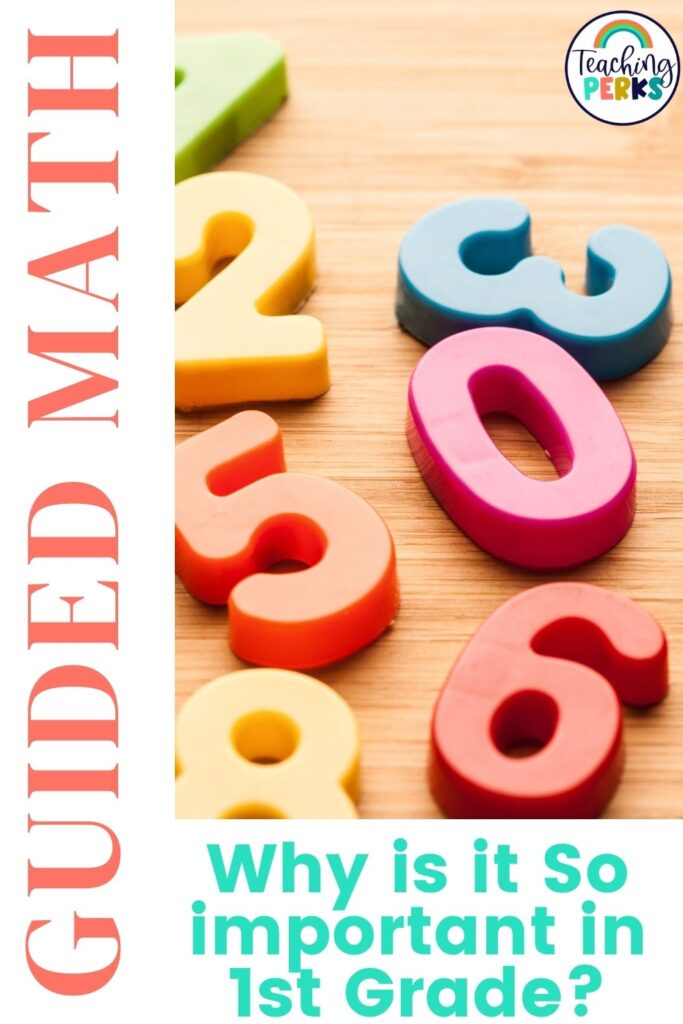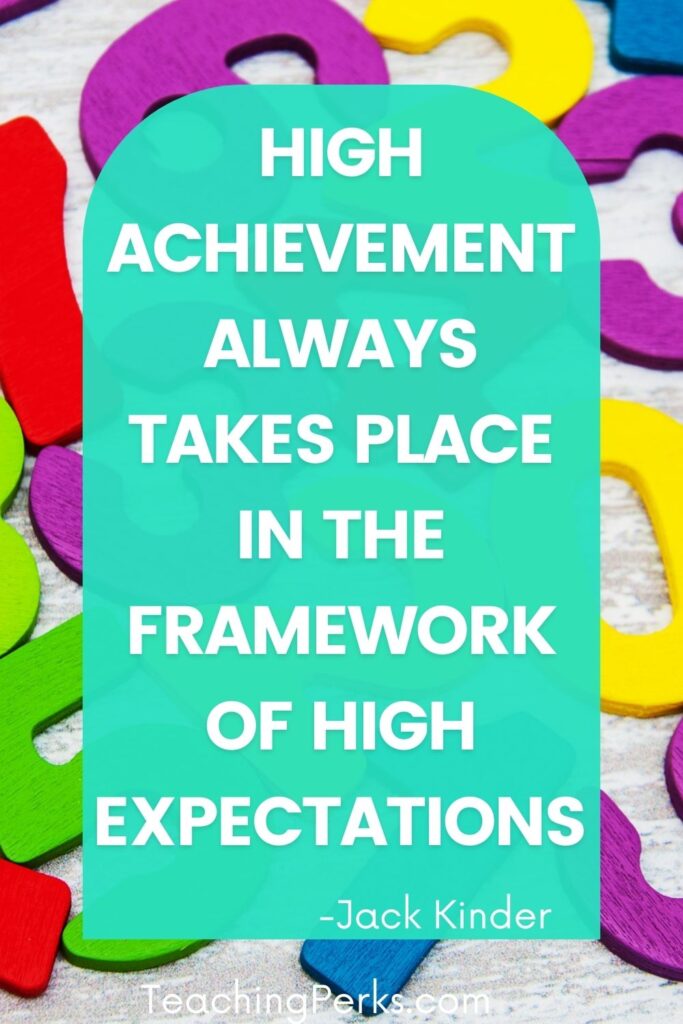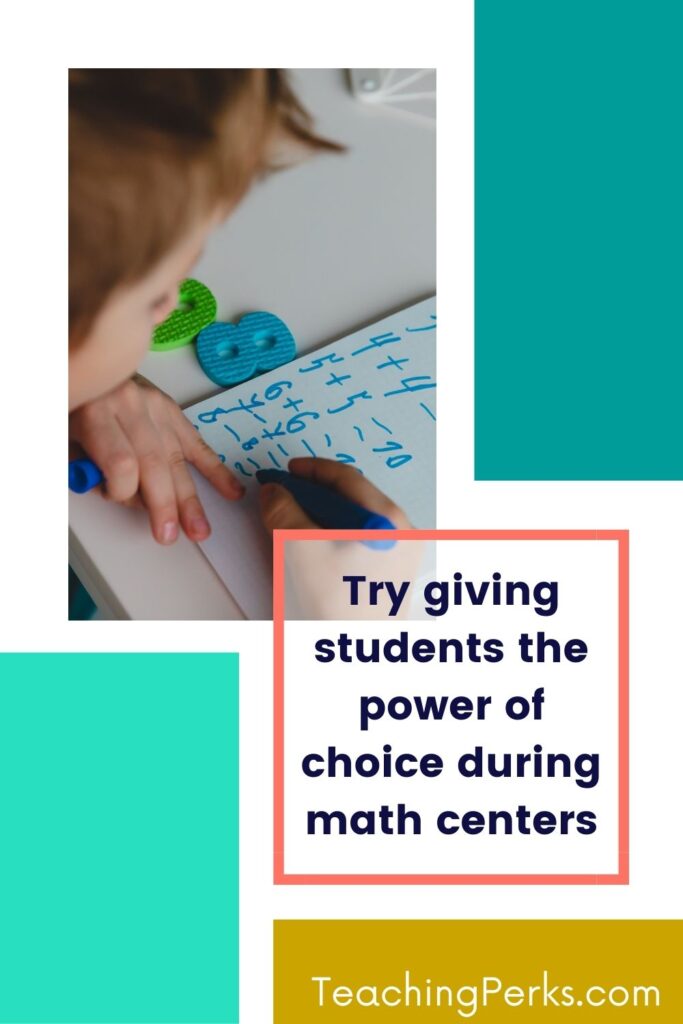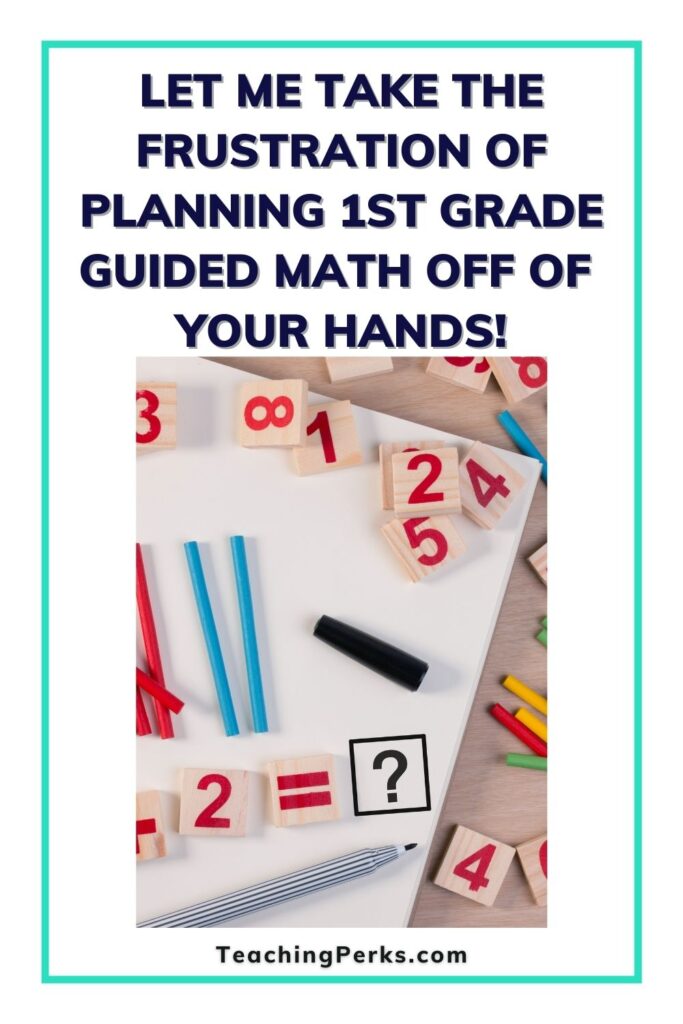We can all agree, math lessons are very important to our students. Especially for younger students, a strong foundation in math is essential for student growth. At the first grade level, ability and skill levels are all over the place. You need time to figure out where your students’ needs are and what help they need. That’s where guided math comes in handy for your whole class.


What is Guided Math?
Guided math is mathematics instruction and time devoted to practicing math facts, basic operations, and mental math. Much like guided reading time, ideally, a teacher works with a small groups of students who are at a similar math skill level while the other advanced students are working independently or in small groups. This way, you actually have time to check the understanding of new math concepts in your students. This is the best way to make teaching math fun! All kids love games with problem solving so why not use them during your small group instruction? Need one to try for your own classroom? Grab this free mystery number word problem activity to keep groups of students engaged and focused in your guided math groups!
Want to learn more about the pros of guided math? Read this blog post.
Setting expectations for guided math
Students will need to be introduced to the concept of guided math instruction for the first time as well as the expectations. Start by making an entire class expectation chart together at the beginning of the year. This is also a great way to ask students for their ideas on what this time should look like. Go over what their bodies will look like, what volume the classroom noise level should be, and the fact that they will be expected to work independently. That means no coming up to the teacher while they are meeting with another particular group.

Introducing Rewards
Once you have covered expectations for what guided math time should look like, find some rewards for your students. Positive reinforcement goes a long way with these little ones, as you well know! During your class discussion on expectations, ask for input on rewards. If they know they are being monitored and there is a reward on the line, those first graders will try harder to follow expectations.
Setting High Expectations
After your students know what is expected of them and what is on the line, take time to break down what the work and stations will look like during guided math time. Express the importance of doing their best work every time to your students. If your students are in groups at their math stations, perhaps they can work together or share what answers they got at the end of the rotation. An important thing to note is that If they are sharing their work, first graders tend to want to do better. These little ones often want to be proud of themselves, their classmates, and earn your pride in them.

Guided Math Centers
Now that you have told your students how important it is to do their best work, you need to explain the different ways math centers will work. For first graders, they may have never done math centers, and if they have they may have looked different. Take a specific look at each math center with your students. Show them what is expected in their daily routine and where they can find the supplies. If you have more than one center, maybe break up showing the new material to your students so they don’t get centers and materials confused. Small chunks of new information are better for these little ones with short attention spans to maximize student learning.

Guided Math Examples
Coming up with new ideas for these math centers doesn’t have to be difficult, either. Once you identify the skills you want to review and work on with students, take a look at my First Grade Guided Math Year Long Bundle. I’ve already come up with a few ideas for materials to save you a few minutes in your day. Pick and choose what will work for you all while incorporating your own ideas.
Always make sure your math groups are differentiated too. Differentiation is one of the key components of guided math. To most, it sounds scary to think about trying to come up with so many different lessons for different levels but in all honestly it is not as hard as it sounds! Check out this post to get started differentiating today.
We all know that math is important for all students, but is especially important to build a foundation in our first graders. If you’ve been thinking about implementing guided math groups and centers into your daily routine, now is the time to get started! What will your math time look like?

You May Also Like
15 Simple and Powerful Small Group Strategies For Addition and Subtraction
[…] is what I use every year during the first few weeks of school. I ONLY teach math in small groups. Guided math in 1st grade is extremely crucial in my opinion. Teaching math in whole group has never been successful for me. It is impossible for me to see if 20 […]